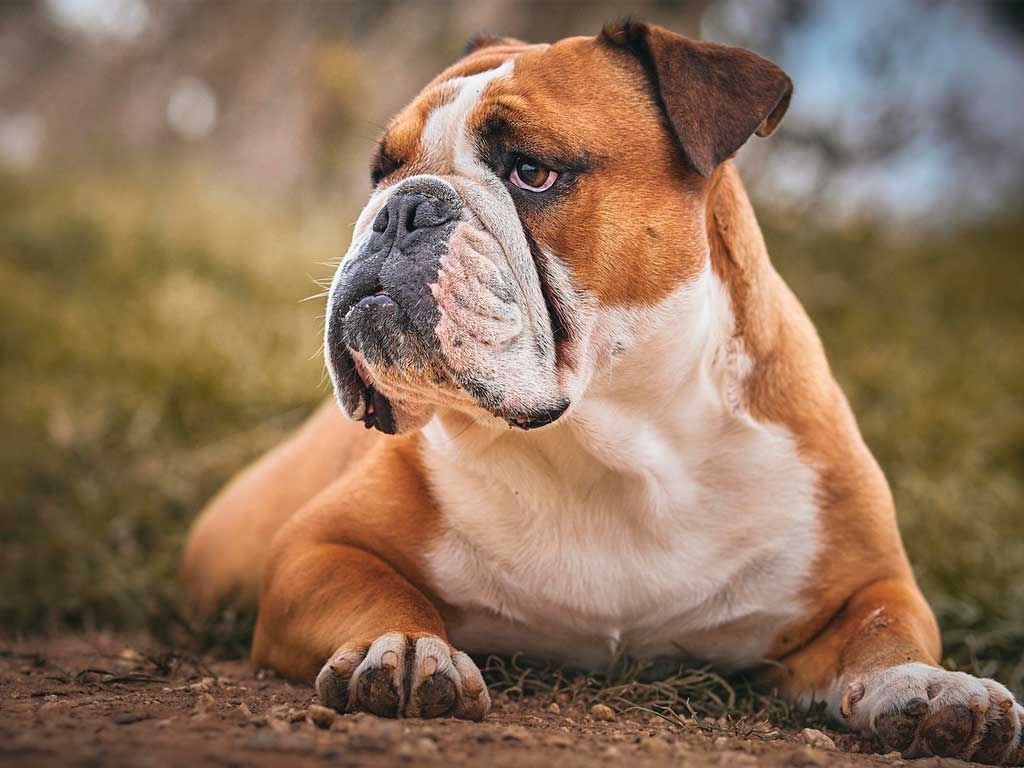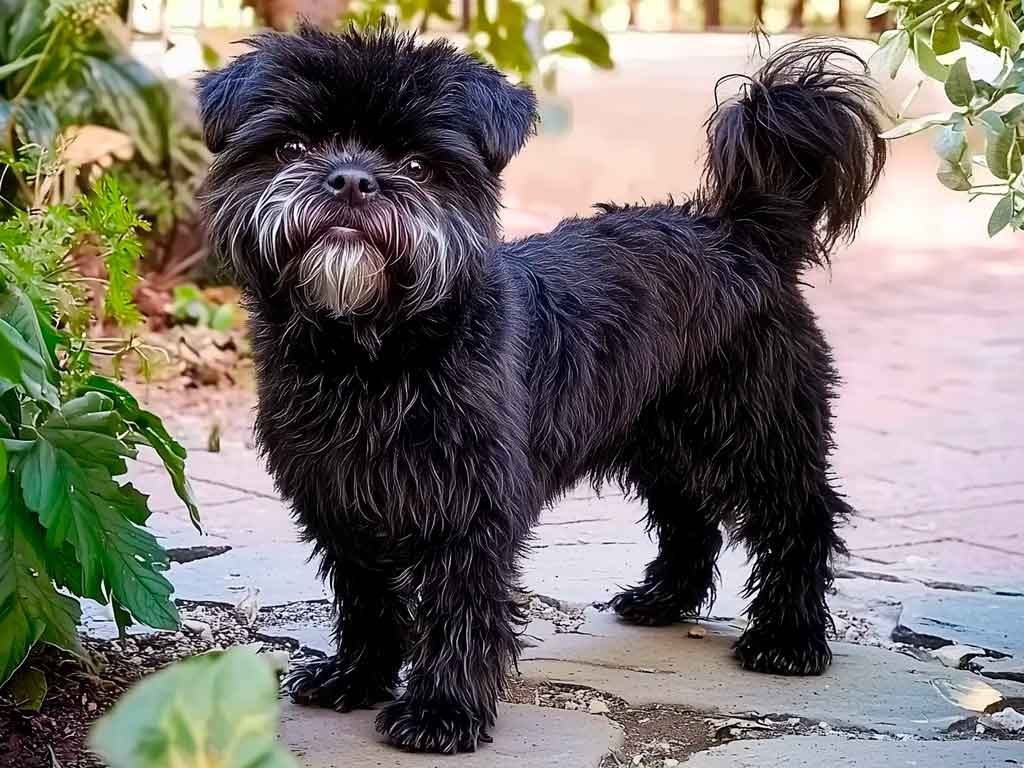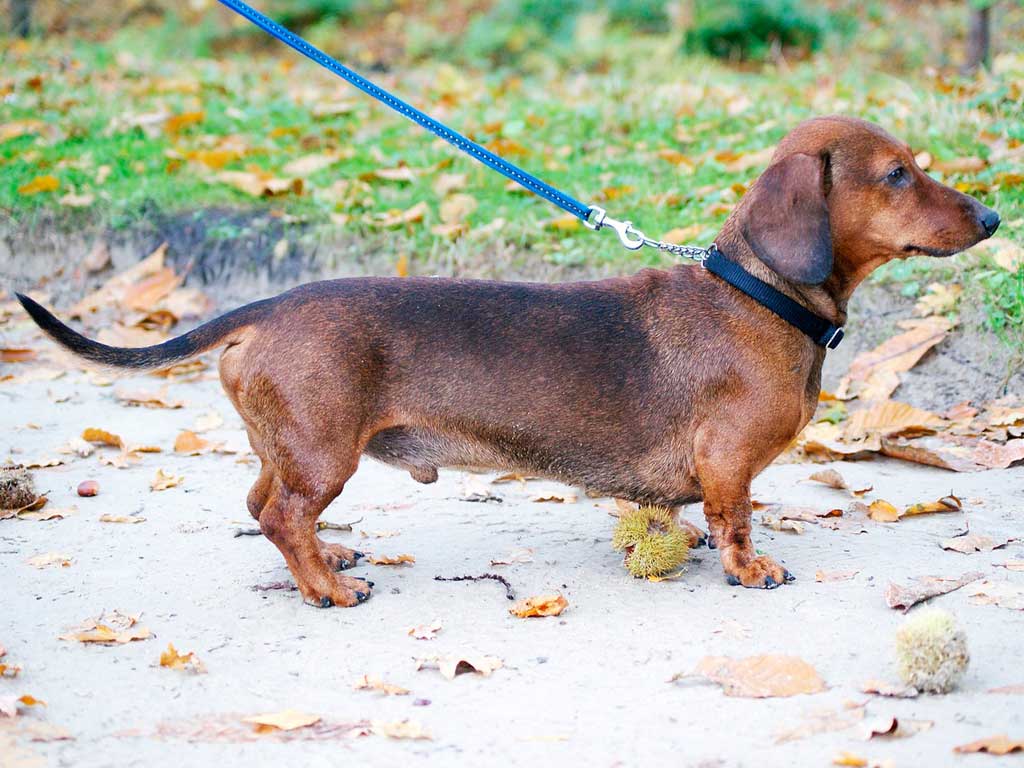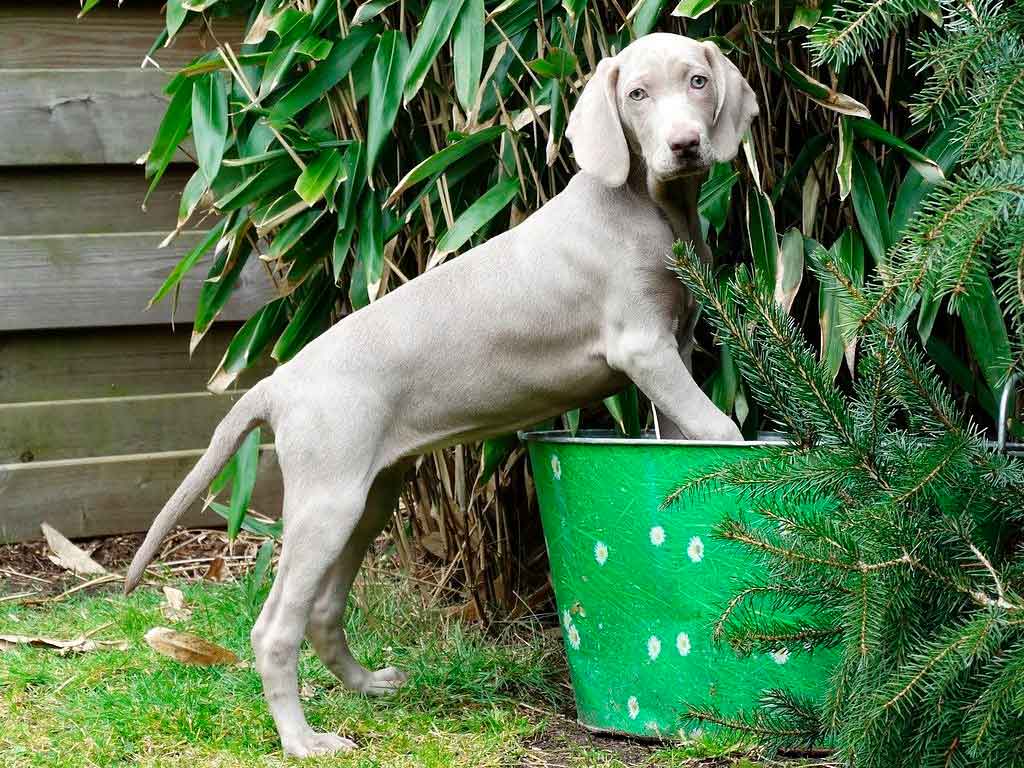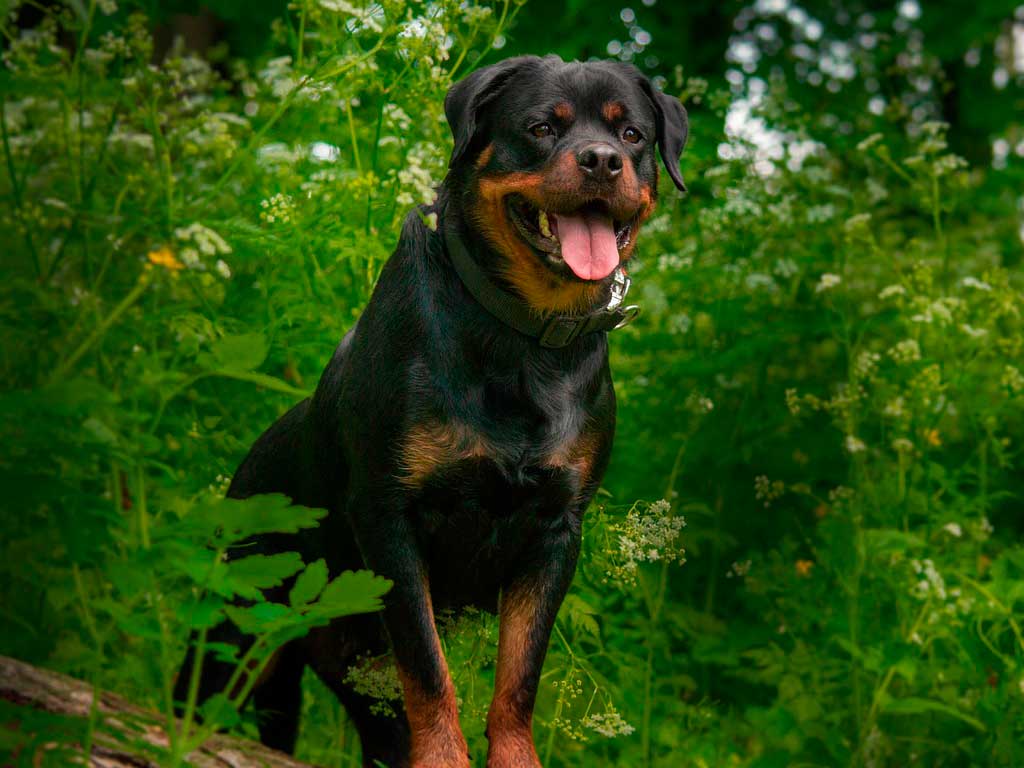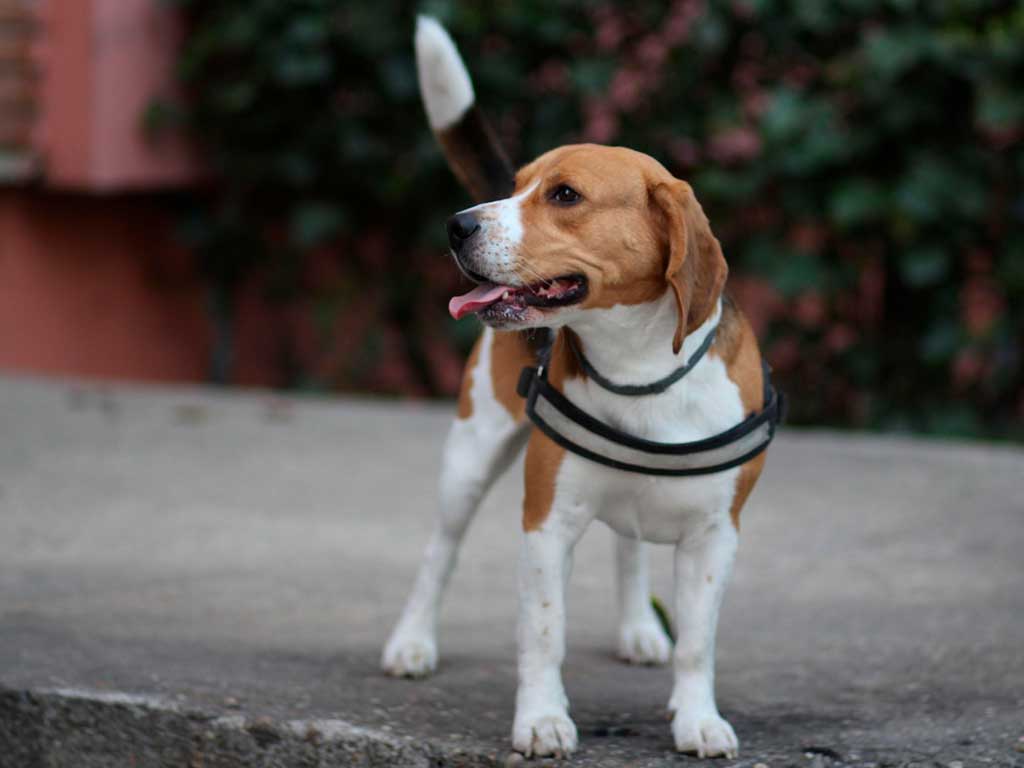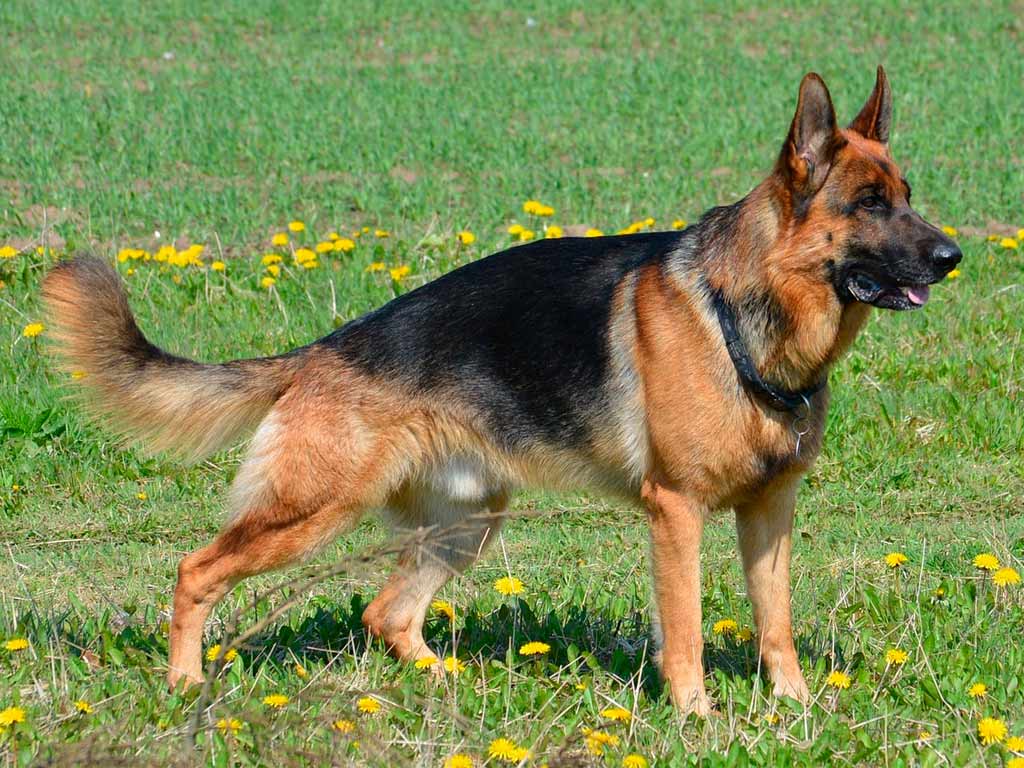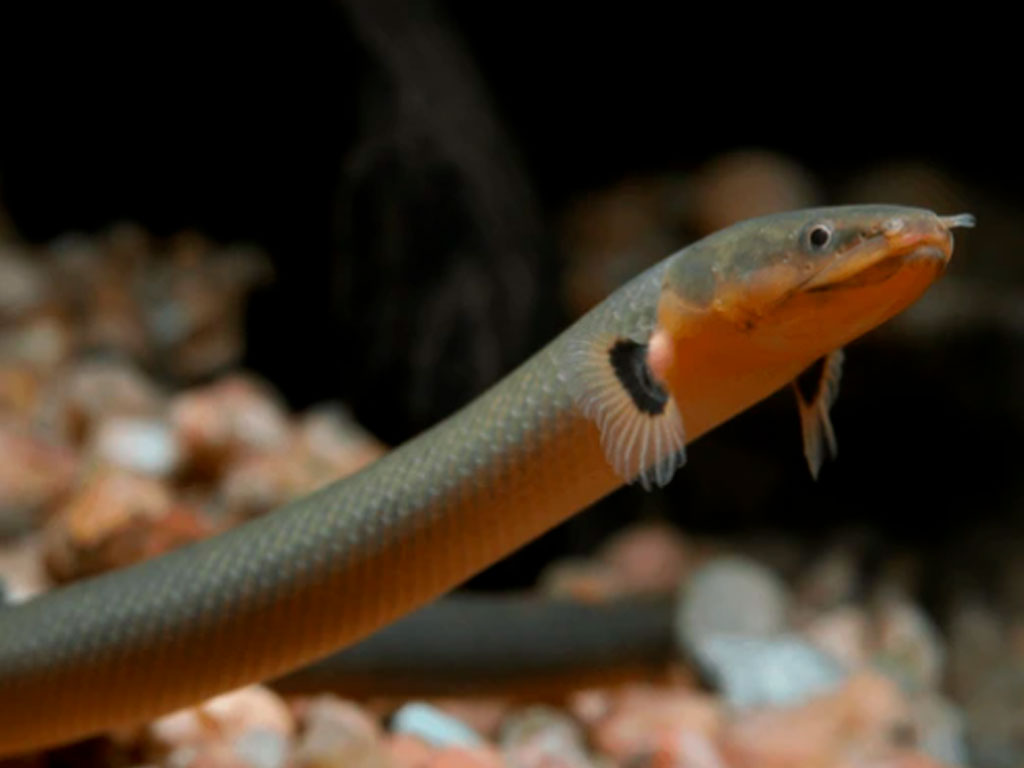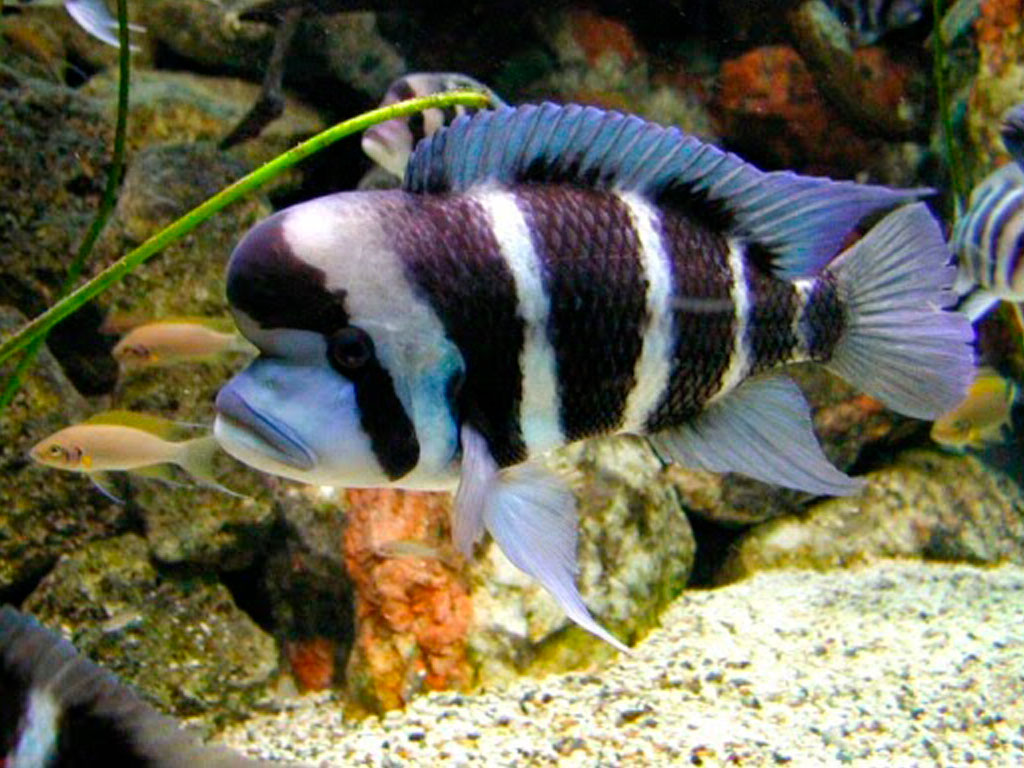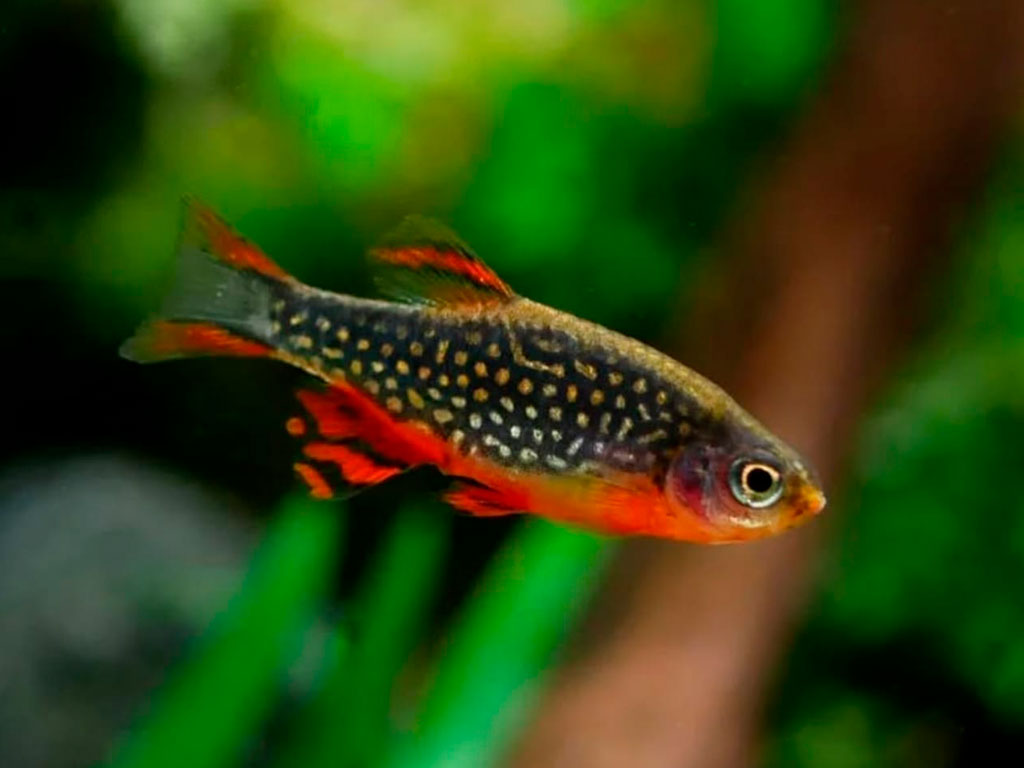The English Bulldog is undoubtedly one of the most recognizable dogs in the world. With its wrinkled face, sturdy body, and peculiar gait, this dog has won the hearts of millions thanks to its tenderness, loyalty, and unique character. However, behind its charming appearance lies a fascinating history and important considerations for its care. Whether you’re thinking of adopting one or simply want to learn more about the breed, here’s everything you need to know.
Personality: Fierce Looks, Gentle Heart
At first glance, the English Bulldog may seem intimidating: its serious face, prominent jaw, and strong build contrast with its true nature. This breed is known for being affectionate, calm, and loyal. They form strong bonds with their human family and don’t tolerate being alone for long periods. If you’re away from home most of the day, this breed might not be ideal, as they tend to suffer from separation anxiety.
Although they were originally bred for bull-baiting, today’s English Bulldogs are much more relaxed. As adults, they tend to be laid-back and home-loving, enjoying long naps near their owners. That said, they can be very stubborn and determined when they want something, so training must be consistent, patient, and always positive.
They are also extremely patient with children, making them excellent family companions. Their temperament is generally stable and predictable, though this can vary depending on upbringing, socialization, and life experiences.
Origin: From Blood Sport to Beloved Companion
The English Bulldog has a history as fascinating as it is turbulent. Its origins trace back to Great Britain, where it was used to control and drive cattle, especially bulls. That’s where the name “bull-dog” comes from. Later on, the breed was sadly exploited in bull-baiting, a cruel practice that became popular in the 18th century.
Fortunately, bull-baiting was banned in the 19th century, although this nearly led to the extinction of the breed. While British immigrants in the U.S. preserved the original bulldog (giving rise to the American Bulldog), in England the dog was crossed with smaller, less aggressive breeds, modifying both its temperament and appearance.
Today, the English Bulldog is considered a companion dog. It’s no longer expected to perform physically demanding tasks — its primary “job” is to bring love, comfort, and smiles.
Health: Adorable but Delicate
One of the most important things to consider about the English Bulldog is its health. Due to intense selective breeding, the breed has developed a number of hereditary conditions that require regular veterinary attention.
Some of the most common health issues include:
- Respiratory problems: Its flat face (brachycephalic) makes breathing difficult, especially in hot weather or during intense exercise.
- Hip and elbow dysplasia
- Eye issues: including cataracts, entropion, and ectropion.
- Skin problems: wrinkles can develop infections if not cleaned properly.
- Heatstroke: they’re especially sensitive to heat, so avoid sun exposure during peak hours.
- Elongated soft palate and gastric torsion
- Tail issues: such as inverted or corkscrew tails that can cause discomfort and infections if not properly cleaned.
For all these reasons, it’s recommended to visit the vet every six months, follow a strict vaccination schedule, and carry out regular deworming. With proper care, their life expectancy is around 8 to 10 years.
Exercise: Short Walks, Not Marathons
Though the English Bulldog is not an athletic dog, it still needs daily exercise to stay healthy. However, it must be moderate: several short, engaging walks a day are sufficient. Intense activity can be harmful and worsen their breathing issues.
They don’t enjoy running or advanced dog sports, but they do benefit from calm playtime and social interactions. Exercise also helps keep them mentally stimulated and emotionally balanced.
Nutrition: Controlled Diet to Prevent Obesity
The English Bulldog tends to gain weight easily, which can worsen their respiratory and joint issues. That’s why it’s essential to provide a balanced diet, rich in high-quality protein and carefully managed fat and carbohydrates.
Nutritional tips:
- Divide the daily ration into 2 meals to prevent gastric torsion.
- Avoid calorie-dense treats and frequent snacks.
- Ask your vet for the best dry food or natural diet options.
- Ensure fresh water is always available, especially in hot weather.
Grooming: Regular Cleaning Is a Must
While their coat is short, smooth, and easy to maintain, English Bulldogs require special care. They shed regularly, so it’s recommended to brush them 2 to 3 times a week with a rubber brush to remove dead hair and stimulate the skin.
The most important grooming task is cleaning their facial, neck, and tail wrinkles. These should be wiped with a damp cloth or soft sponge several times a week (ideally daily), and then dried completely to prevent fungal or bacterial infections.
Additionally, they often drool excessively, so it’s a good idea to keep their face clean and free of food residue, eye discharge, or dirt.
Is the English Bulldog Good with Kids?
Yes, absolutely! The English Bulldog is considered one of the best dog breeds for families with children. They’re very patient, affectionate, and tolerant, making them great playmates. Their low energy level also means they’re less likely to knock over or nip children during play.
That said, as with any dog, it’s important to teach kids to respect the animal, not to bother it while it’s sleeping or eating, and to always supervise interactions between the two.
Did You Know…?
One fascinating fact about this breed is that many bulldogs require assistance to reproduce. Their heavy front body and the size difference between males and females mean that mating and delivery often require human help, and sometimes even cesarean sections.
This reflects how much the breed’s morphology has been altered by humans, sometimes with negative consequences for their health and reproduction.
Size: A Medium Dog with a Wrestler’s Build
The English Bulldog is classified as a medium-sized dog, but its robust, muscular body can make it seem larger. They stand about 40 cm (16 inches) at the shoulder, and weigh around 25 kg (55 lbs) for males and 23 kg (50 lbs) for females.
Their compact body, short legs, and broad chest — combined with their unmistakable face — give this breed a truly unique presence. However, their distinctive structure also comes with physical limitations that need to be considered.
The English Bulldog is much more than its peculiar appearance. It’s a dog full of love, character, and loyalty. Perfect for families — especially those who can provide time, care, and affection. However, it’s essential to understand the health challenges this breed may present and be ready for ongoing responsibilities such as regular vet visits, grooming, and moderate exercise.
If you’re looking for a calm, affectionate dog with a big personality — and you don’t mind a bit of extra drool — the English Bulldog might be the perfect companion for your home.

